1. Black Cats Crossing Your Path
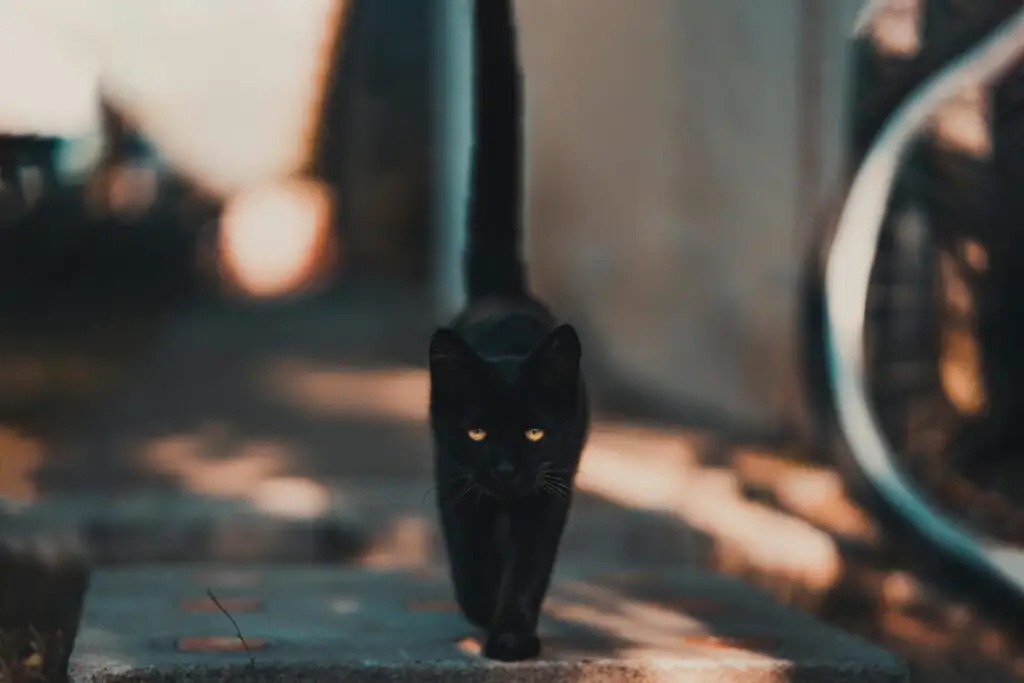
In many European villages, especially in the Middle Ages, a black cat crossing your path was seen as a terrible omen. People truly believed it meant misfortune was coming their way, and they would even turn around and avoid the road entirely. The superstition became so strong that black cats were often associated with witches and dark magic. Farmers were hesitant to keep them around, fearing the animals might bring bad luck to their livestock.
Yet in some cultures, black cats were actually seen as good fortune, which shows just how divided these beliefs could be. In parts of England, a black cat in the home was thought to bring prosperity and good harvests. Sailors also saw them as lucky mascots to keep storms away at sea. So depending on where you were, one village might fear a black cat while another cherished it.
2. Owls as Messengers of Death
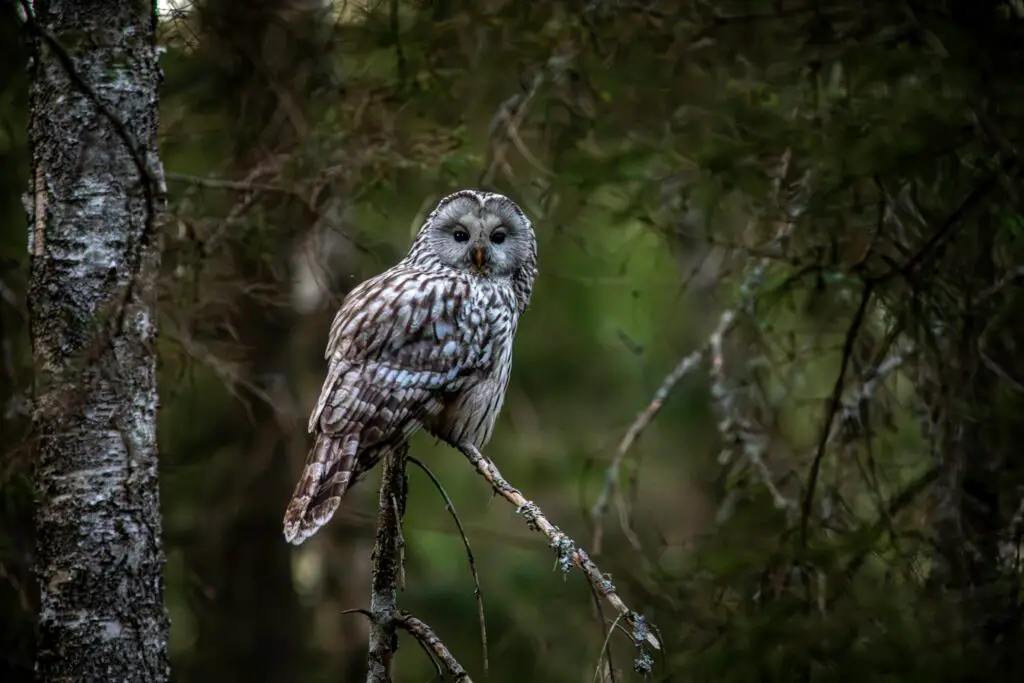
Owls have always carried a mysterious reputation, and in many villages, their hoot was enough to send chills down spines. People believed hearing an owl outside your window meant someone in the home would soon die. Some even thought owls carried the souls of the dead on their wings. This led to owls being hunted or avoided altogether.
Despite the ominous ideas, not everyone feared them. Some Native American tribes considered owls wise guardians, while other cultures believed they kept evil spirits at bay. But for many small rural communities, the eerie nighttime call of an owl was nothing but a bad sign. It’s easy to see why villagers clung to these superstitions when darkness and death were constant mysteries.
3. Dogs Howling at Night
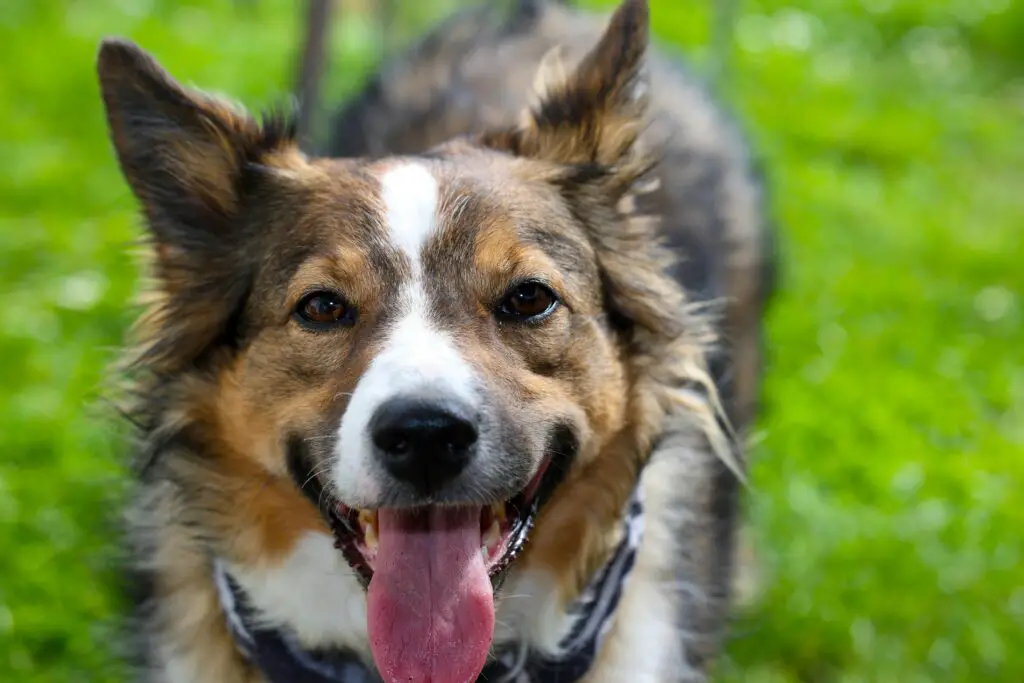
If a dog howled at night, villagers often panicked. It was widely believed that dogs could see spirits or even sense death approaching. A long, mournful howl was thought to mean a soul was about to leave the earth, often in that very household. Families would sometimes perform rituals or prayers to protect themselves.
Dogs were both beloved and feared in this sense. While they were loyal protectors, their nighttime howls stirred unease. Some villages thought tying a red ribbon around the dog’s neck could keep away evil spirits. Others simply locked the animal indoors to prevent it from warning of misfortune. Either way, people rarely ignored the sound.
4. Ravens Bringing Doom
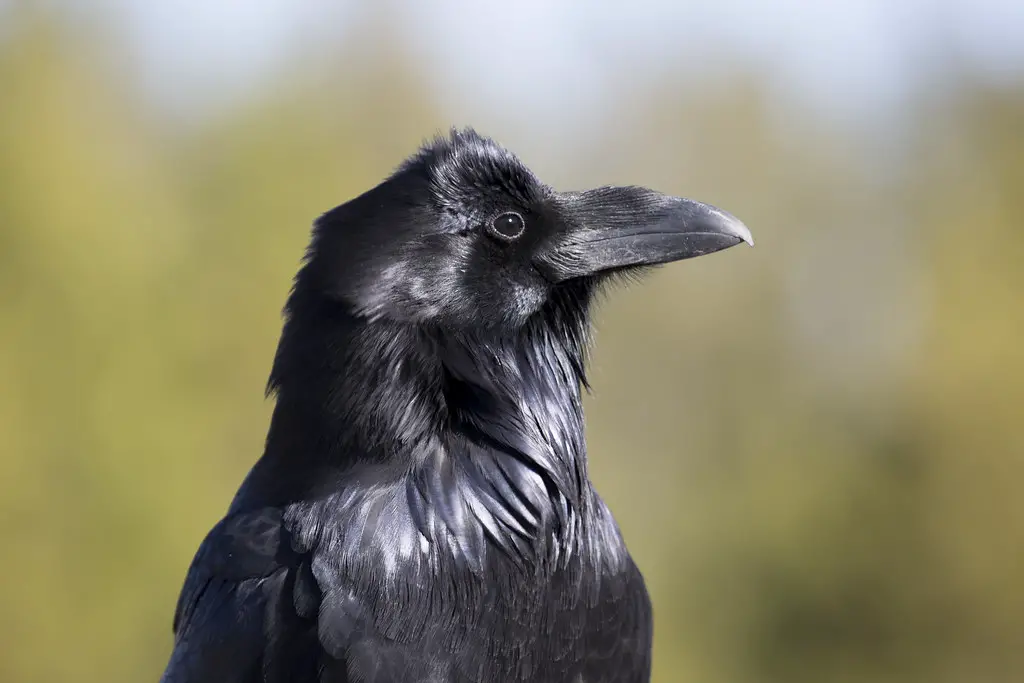
Ravens, with their glossy black feathers and piercing cries, have long been linked to bad luck. Entire villages once believed that seeing a raven perched on a roof meant that death would soon visit the household inside. The bird’s dark color and scavenging habits only fueled the belief. Many thought ravens were messengers from the underworld.
Yet, there were also communities that respected them deeply. In Norse mythology, for example, Odin’s ravens Huginn and Muninn symbolized thought and memory. Still, for small European villages, the sudden appearance of a raven wasn’t just nature—it was a warning no one wanted to hear.
5. Cows Lying Down Before Rain
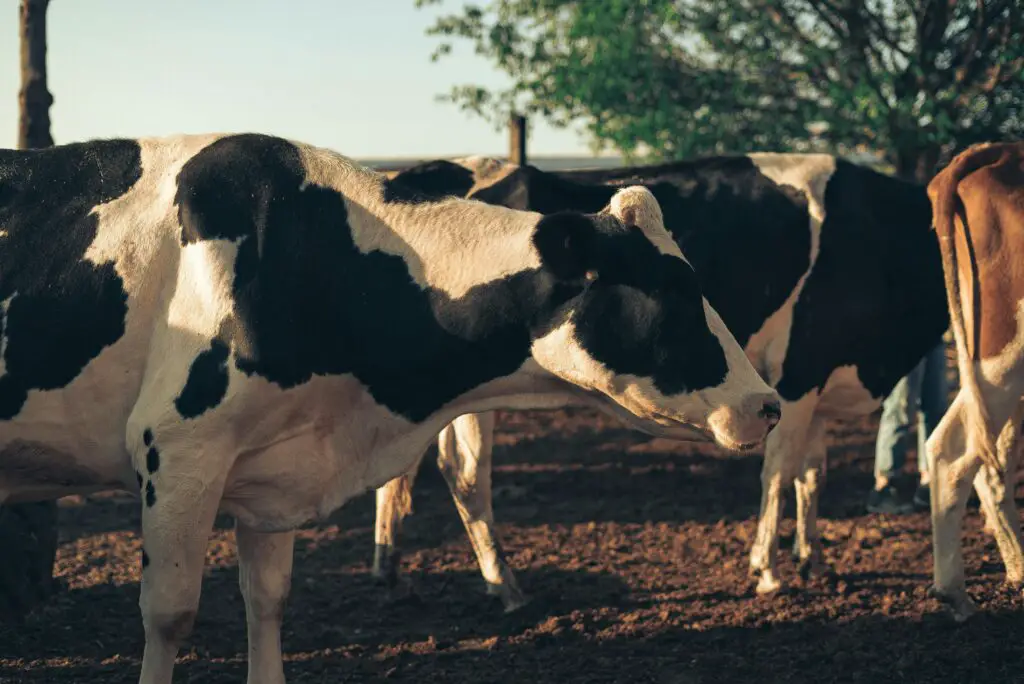
Farmers across Europe and America often watched their cattle for signs of weather. One common belief was that if cows lay down in the field, rain was on the way. Villagers took this so seriously that entire planting schedules were adjusted based on the cows’ behavior. They thought the animals had a special connection to nature that humans couldn’t match.
The science behind it is less mystical—cows may lie down to conserve body heat or to protect a patch of grass from getting wet. Still, when you lived in a farming village where weather meant survival, this superstition felt like practical wisdom. It was easier to trust the cows than to guess the skies.
6. Horses Sensing Ghosts
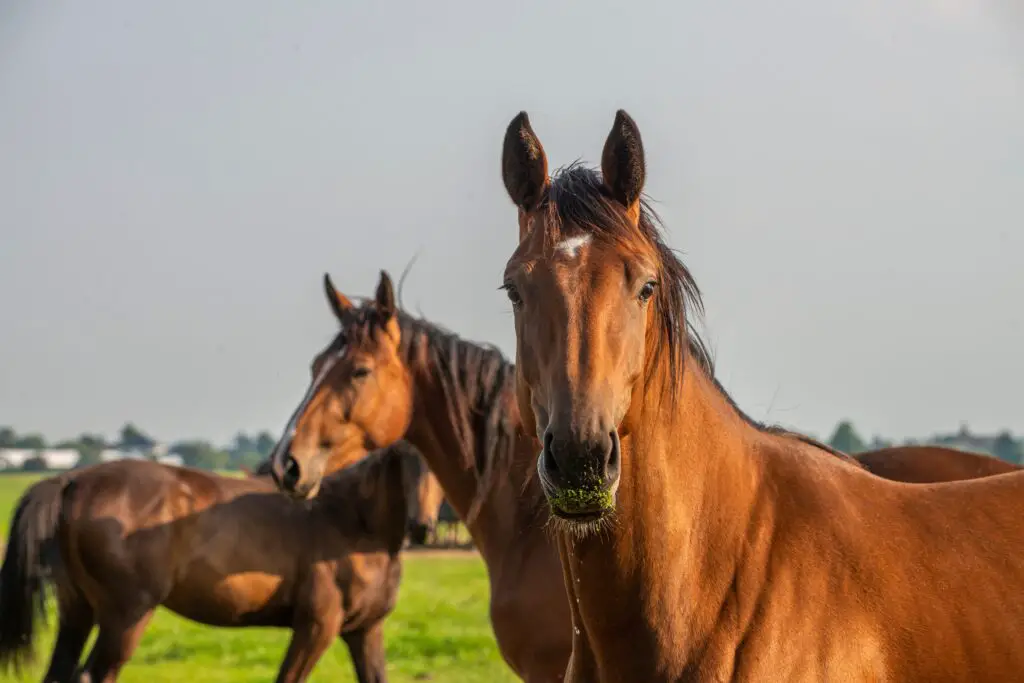
In some rural areas, horses were believed to be able to see spirits that humans couldn’t. If a horse refused to move forward on a familiar path, villagers often assumed it was spooked by something supernatural. This belief was so ingrained that people avoided certain roads if their horses balked too often.
The superstition probably came from horses’ natural skittishness. They can sense small movements and smells humans miss, making them jumpy in dark or wooded areas. To villagers, this seemed like proof the animals had a sixth sense. Horses were trusted guides, and their hesitations weren’t taken lightly.
7. Cats Stealing Breath from Babies
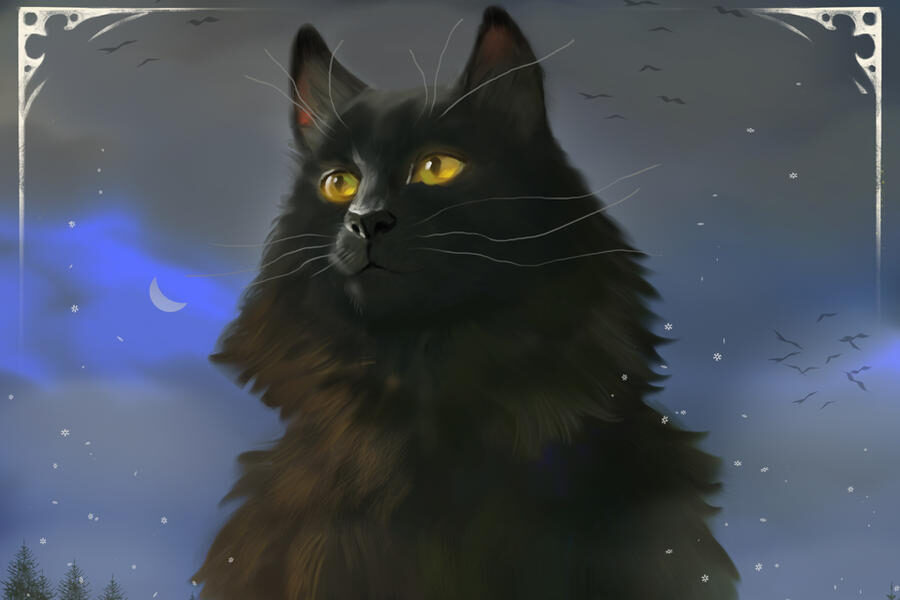
One chilling superstition was that cats, especially in rural villages, could steal the breath of infants. Parents feared letting cats sleep near cradles, convinced the animal would suffocate the baby during the night. This led to cats being banned from bedrooms entirely.
The idea likely came from seeing cats curl up near warm, cozy spots where babies slept. But for worried mothers and fathers, it felt like a dangerous sign. Some families even gave up having cats altogether, fearing tragedy. It’s one of those superstitions that reveals more about parental anxieties than animal behavior.
8. Birds Flying Into Homes
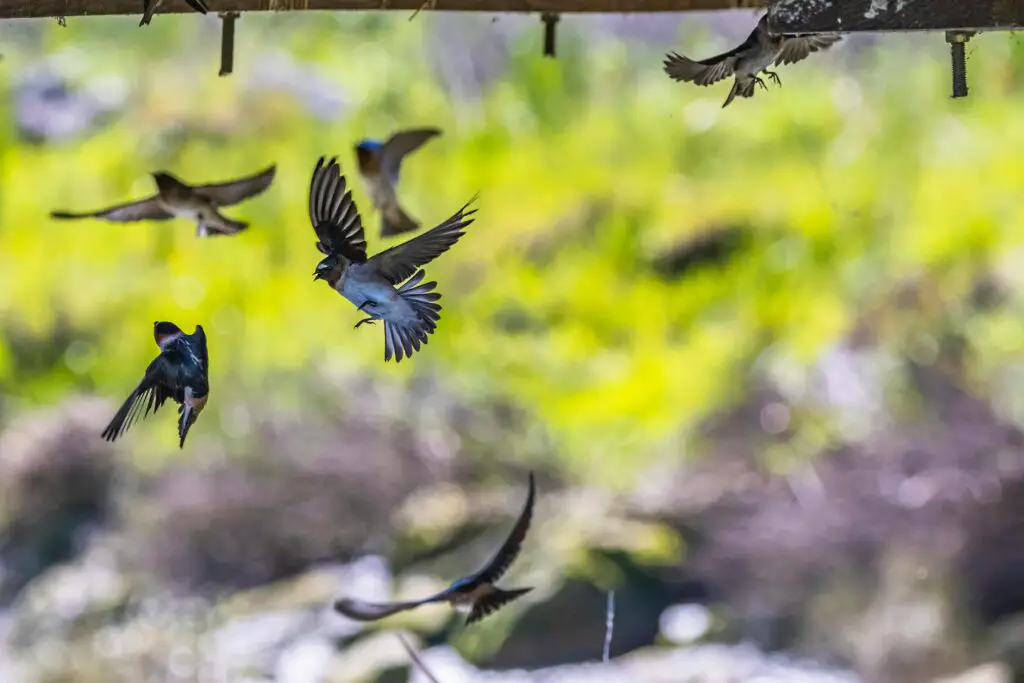
A bird flying through an open window was taken very seriously in many villages. It was believed to be an omen of death, especially if the bird landed near someone ill. The idea was that the bird was carrying a message from the other side. Families would sometimes chase the bird out in panic, desperate to undo the sign.
This superstition spread across Europe and into America. Even today, some people still see it as a bad omen. Of course, the truth is likely that birds were simply confused by reflections or light indoors. But in a time when every unexplained event carried weight, a bird indoors wasn’t just an accident—it was a sign of fate.
9. Frogs Bringing Rain
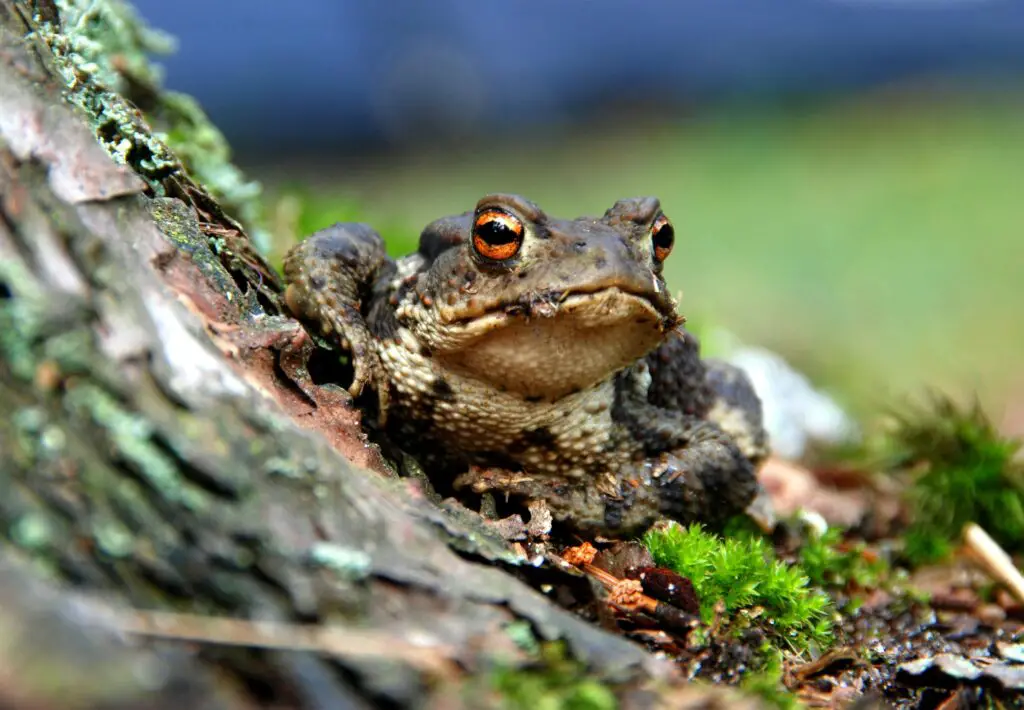
In small villages that depended on agriculture, frogs were considered natural weather forecasters. If frogs croaked loudly, it was thought to mean rain was coming. People even welcomed their noisy songs, since rain meant crops would thrive. Some villages even considered frogs lucky for this very reason.
The superstition wasn’t entirely unfounded. Frogs do tend to be more active and vocal in damp weather, which often precedes rainfall. Still, villagers didn’t know the science—they just trusted the frogs. It was one of those animal beliefs that gave hope instead of fear.
10. Bats as Witches’ Familiars
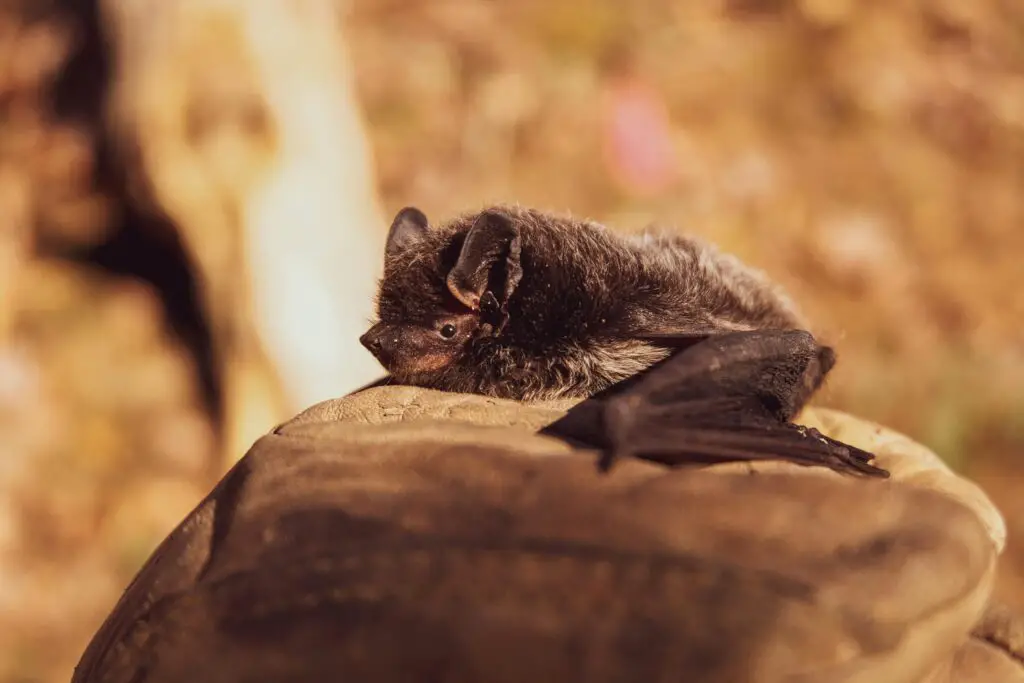
Bats frightened villagers long before horror movies gave them their spooky image. Seeing a bat fly close to your house at night was thought to mean a witch was nearby. Some believed bats carried dark magic or were even witches in disguise. Entire communities would avoid caves or barns where bats roosted.
Others thought killing a bat would break a witch’s spell. This made bats one of the most feared animals in folklore. In truth, the creatures were harmless insect-eaters, but their strange appearance and nighttime habits made them easy scapegoats. Villages spun stories that stuck for centuries.
11. Bees Carrying Souls
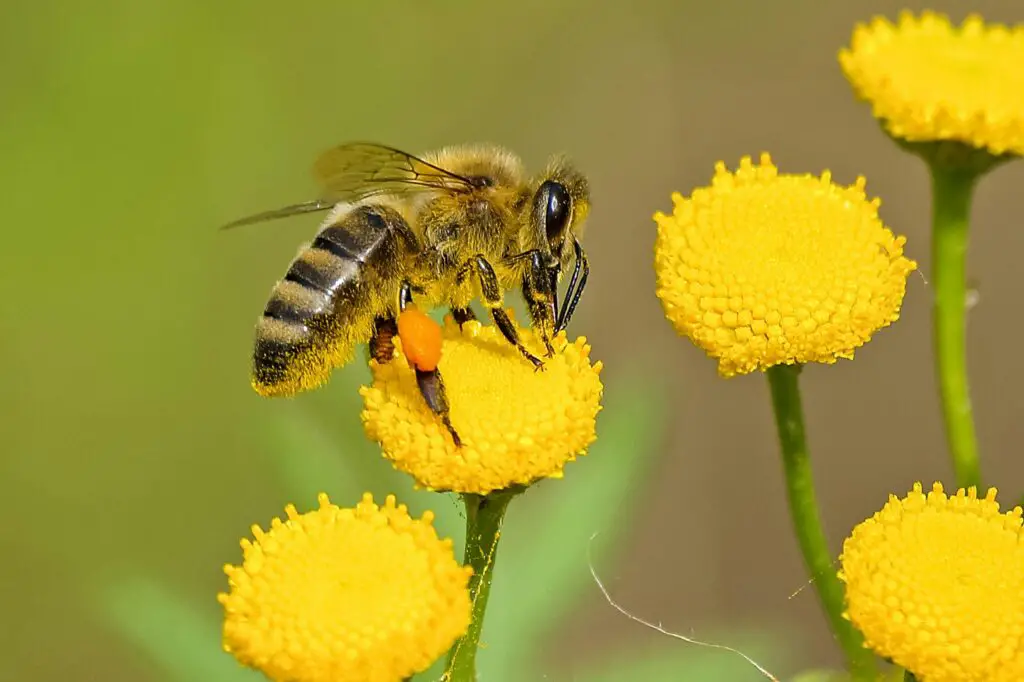
Bees were often seen as deeply spiritual creatures in villages across Europe. Some believed that when a beekeeper died, someone had to “tell the bees” or else the hives would die too. It was thought bees carried souls or acted as messengers between the living and the dead.
Entire villages participated in rituals where bees were informed of marriages, births, and deaths. People even draped hives in black cloth when someone passed away. To fail to honor the bees was seen as disrespectful to both the dead and the living. Their buzzing wasn’t just noise—it was communication with the beyond.
12. Spiders as Good Luck
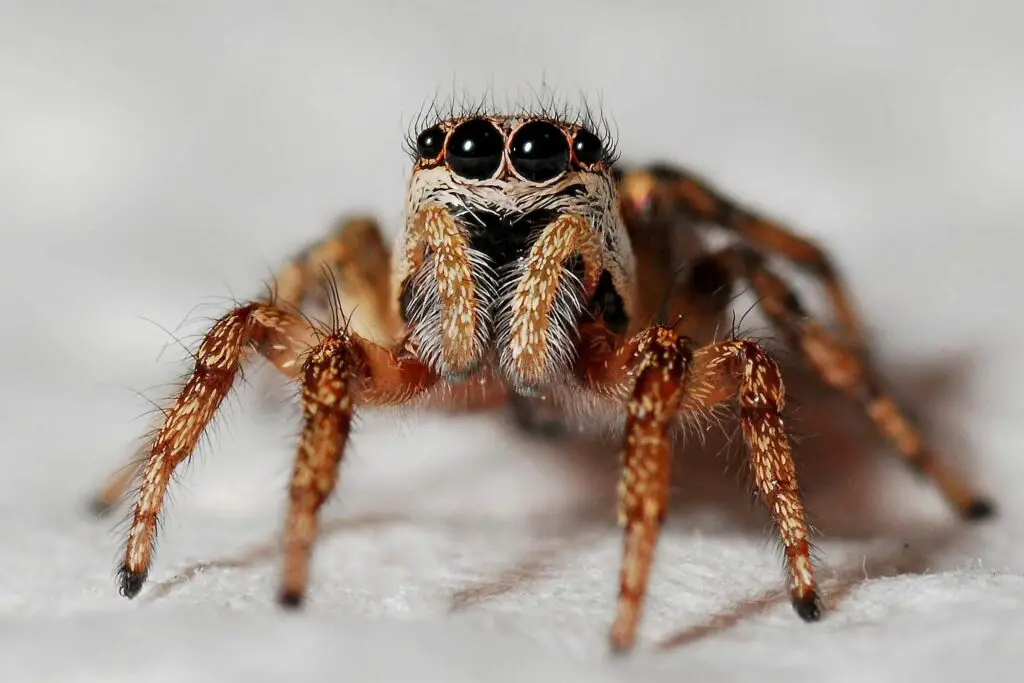
While many today shriek at the sight of a spider, some villages welcomed them as symbols of good fortune. A spider spinning a web inside your home was thought to bring prosperity and protection. Killing one, on the other hand, risked inviting bad luck. Families often let spiders be, hoping they would spin webs that meant security.
This belief was common in European villages, where homes often had plenty of corners for webs. The idea likely came from the spider’s hardworking nature and its ability to catch pests. Villagers respected them as tiny guardians of the household. Fear of spiders came later, but once, they were trusted allies.
13. Goats as Devil’s Companions
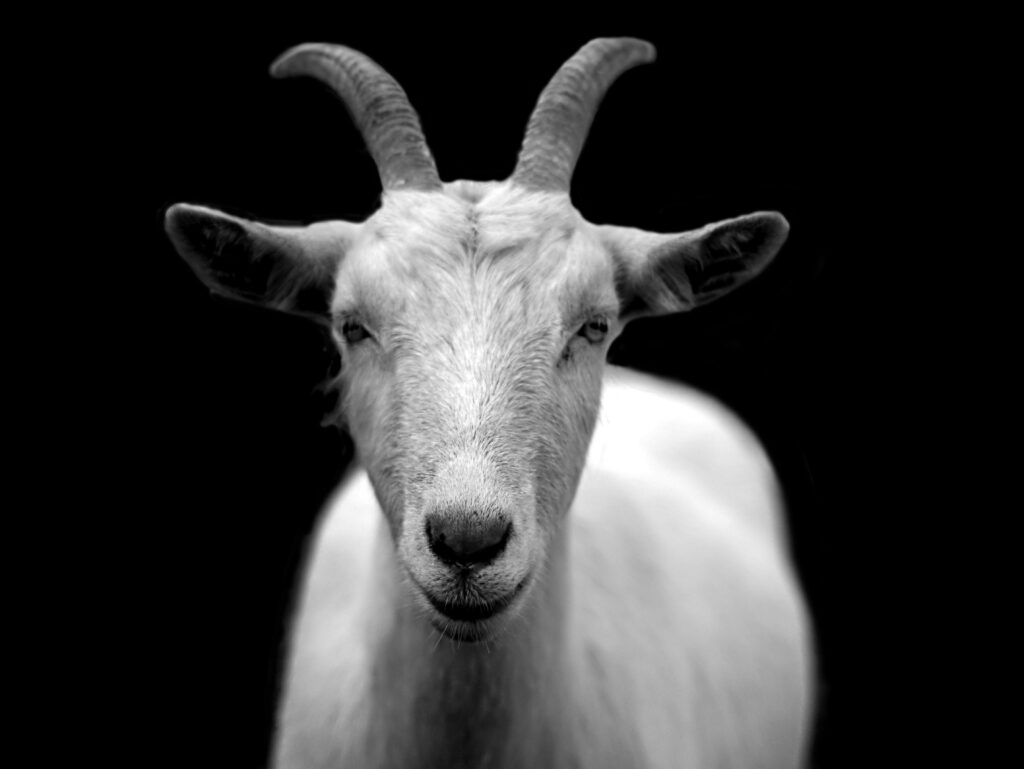
Goats have long been linked to the supernatural, and in many villages, they were considered companions of the devil. Their piercing eyes and horns made them unsettling symbols of evil. Farmers sometimes avoided owning black goats, fearing they invited misfortune. Stories spread of witches using goats in rituals.
Despite the fear, goats were also necessary livestock, which created a strange mix of dependence and suspicion. Some families treated them with extra caution, while others leaned into the superstition and sacrificed goats to ward off evil. Villages often whispered about them, unsure whether they brought luck or curses.
14. Chickens Predicting Visitors
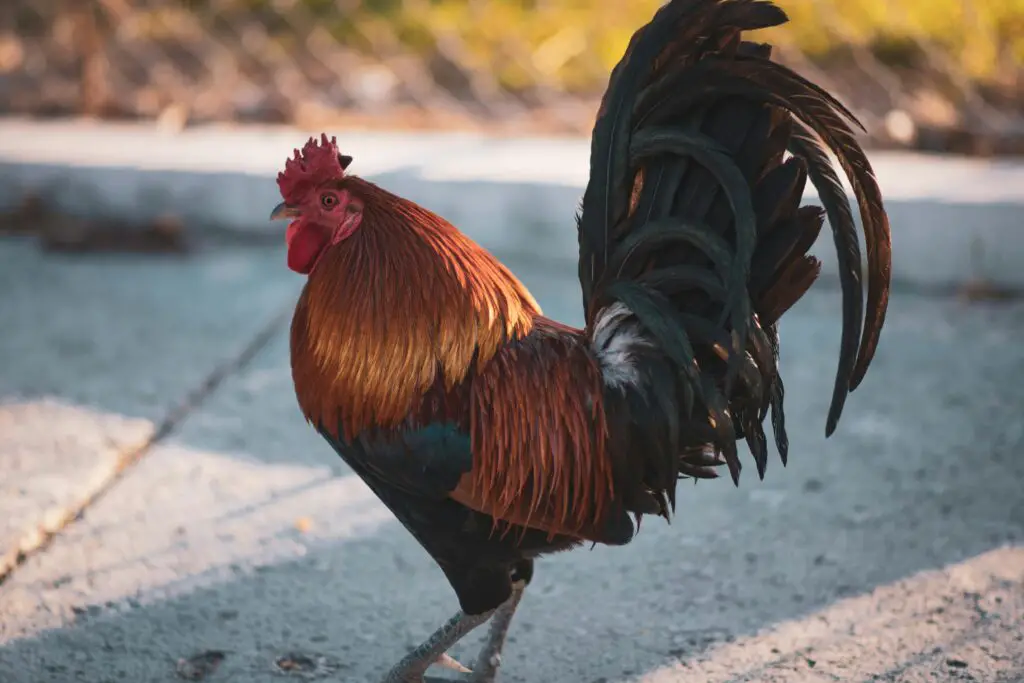
In many rural areas, the clucking of a hen at odd hours meant guests were on the way. Villagers paid close attention to the sounds their chickens made, especially if it seemed unusual. A sudden loud cluck might spark excitement—or dread, depending on who they thought might visit.
Chickens were part of daily life, so their behavior was easy to observe. People assumed the birds sensed things humans couldn’t. Some even believed chickens could predict not only visitors but major life events. Whether it was true or not, the hens kept villagers talking.
15. Snakes as Guardians of Treasure

In some villages, snakes were thought to guard hidden treasures underground. If one appeared near a home or field, it was seen as a sign of buried riches. But at the same time, approaching the snake was dangerous, since it was thought to protect the treasure fiercely.
This belief made snakes both feared and oddly respected. People told stories of brave men who tried to dig where snakes appeared, only to face curses or bad luck. The superstition lingered in communities where snakes were common, blending danger with the possibility of fortune.
16. Pigs Bringing Wealth

In parts of Europe, pigs were considered symbols of prosperity. Villages believed owning a healthy pig meant wealth and abundance would follow. During festivals, pig-shaped charms were even carried as tokens of good luck.
This superstition made sense in farming communities where pigs provided food and income. They weren’t just animals—they represented survival. So when a family’s pig thrived, the whole village saw it as a sign of fortune smiling upon them. The superstition gave ordinary livestock an almost magical role.
17. Crickets in the House
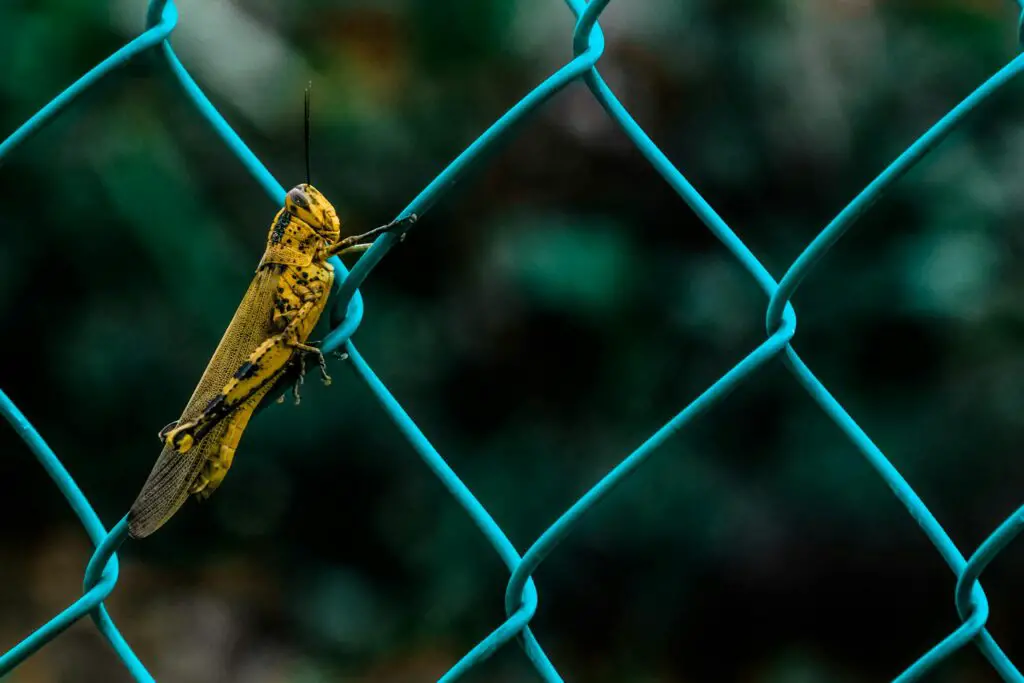
Hearing crickets chirping inside the home was seen as a blessing in many villages. It was thought to bring peace and harmony to the family. Killing a cricket, on the other hand, was considered a terrible mistake that could bring disaster. Families often protected crickets, even if they were noisy.
The belief likely came from their cheerful song, which made long nights feel less lonely. Crickets seemed to bring warmth into cold cottages. Villagers took comfort in their sound, believing it meant all was well. It’s a superstition that turned a simple insect into a cherished guest.
18. Wolves as Omens

Wolves prowling near a village struck fear into everyone’s hearts. Beyond the real danger they posed, wolves were also seen as spiritual omens. A lone wolf howling nearby was thought to signal approaching war or famine. Packs gathering too close were considered signs of curses or misfortune.
At the same time, some cultures admired wolves for their strength and loyalty. But in small villages where livestock meant survival, wolves were mostly viewed with dread. Every howl on a winter night felt like a message from the unknown, and people listened closely, wondering what doom it might bring.
